One of the things that make Ranthambhore National Park so mesmerising is the backdrop of the majestic Ranthambhore Fort. So a visit to the fort is a must. As we entered the fort one evening, the sun was already down on the horizon, and we weren’t too sure of spending too much time inside. It looked just too ‘touristy’. Soon a local guide started following us, while we didn’t want him. After much negotiation, we agreed to let him ‘guide’ us through a tour of the fort. It turned out, as usual in such places, to be a good idea.
The Ranthambhore Fort has seen many ups and downs and our guide Lal Singh narrated them all, some fact, some legend. As we walked through the stone corridors, the large Pols (or doors), the narrow winding steps, the Badal Mahal, Hameer Palace etc, his stories enacted the scenes in our minds. We felt our blood boil at the back stabbing of Rana Hameer Singh, the heart saddened at the mass Jauhar of the fort women, we heard the footsteps of infantry, and the horses running up the stone steps.
From the Badal Mahal and the higher regions of the fort, we sat and soaked a commanding view of the Ranthambhore National Park and the Padam Talao. We imagined the tigers basking by the lake amidst the tall grass. We heard the Bulbuls sing, the Indian Robins chase flies in the bush. We wished we had come with more time.
Built around 944 AD at an altitude of 700 metres above the surrounding plains by the Nagil Jats, the fort was also known as Ranasthambha or Ranasthambhapura. There is a Buddhist Bharhut Stupa inside the fort. established around 3rd Century BC, by the Maurya King Ashoka. One of the pillars bears an inscription which reads:
Moragirihma Nāgilāyā bhikhuniya dānam thabho.
Meaning: ” Pillar-gift of the Nun Nagila of Moragiri.”
Moragiri mentioned here is a town in Satara district, Maharashtra. Thus Nagil clan was in existence during Ashoka’s period as followers of Buddhism. (From Wikipedia).
Over centuries the fort passed through the hands of many ruling dynasties. The majestic architecture and its history of the Ranthambhore Fort make it a must see in the small dusty town of Sawai Madhopur.

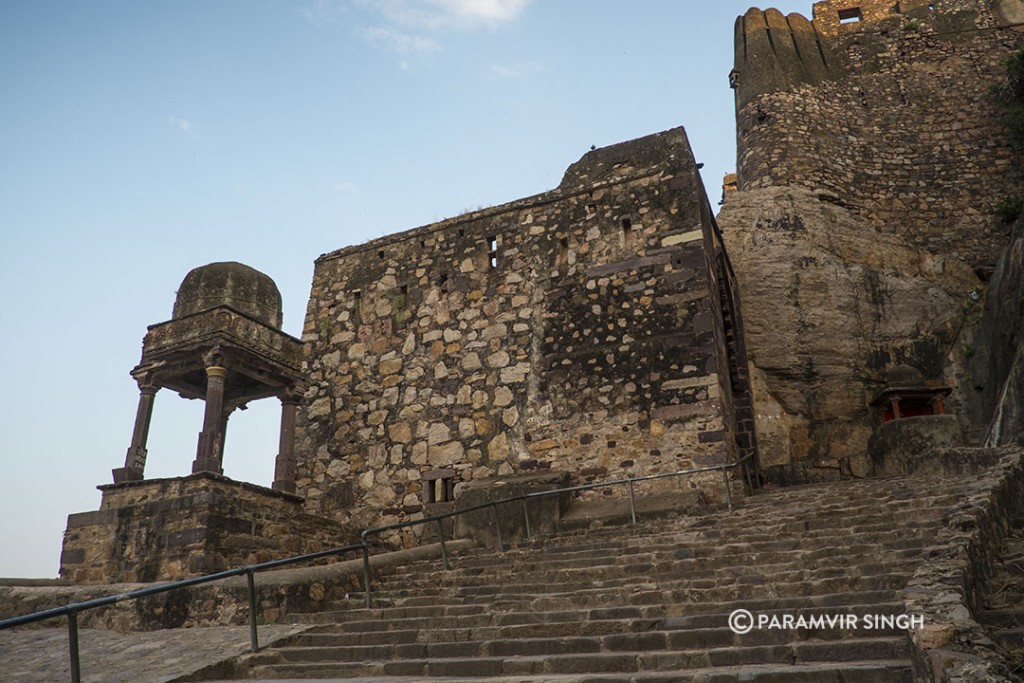
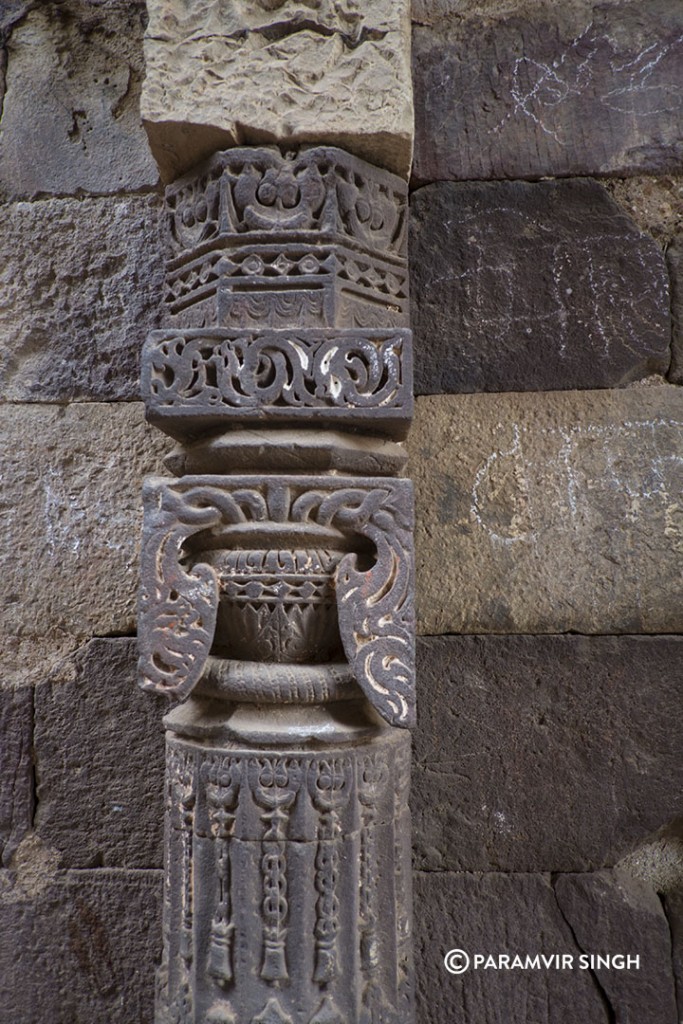
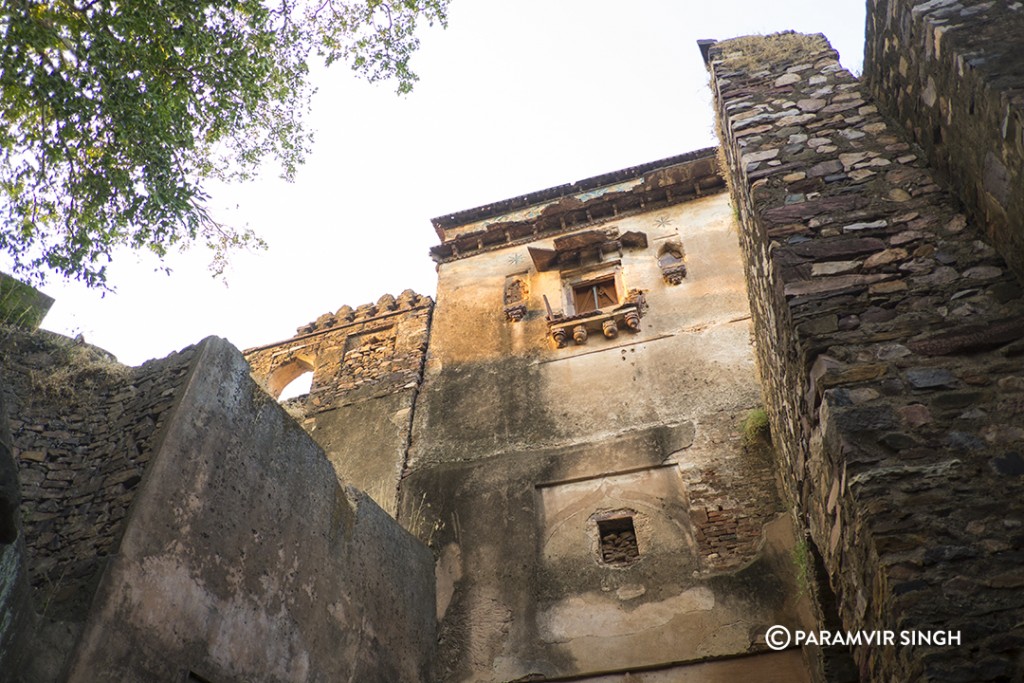
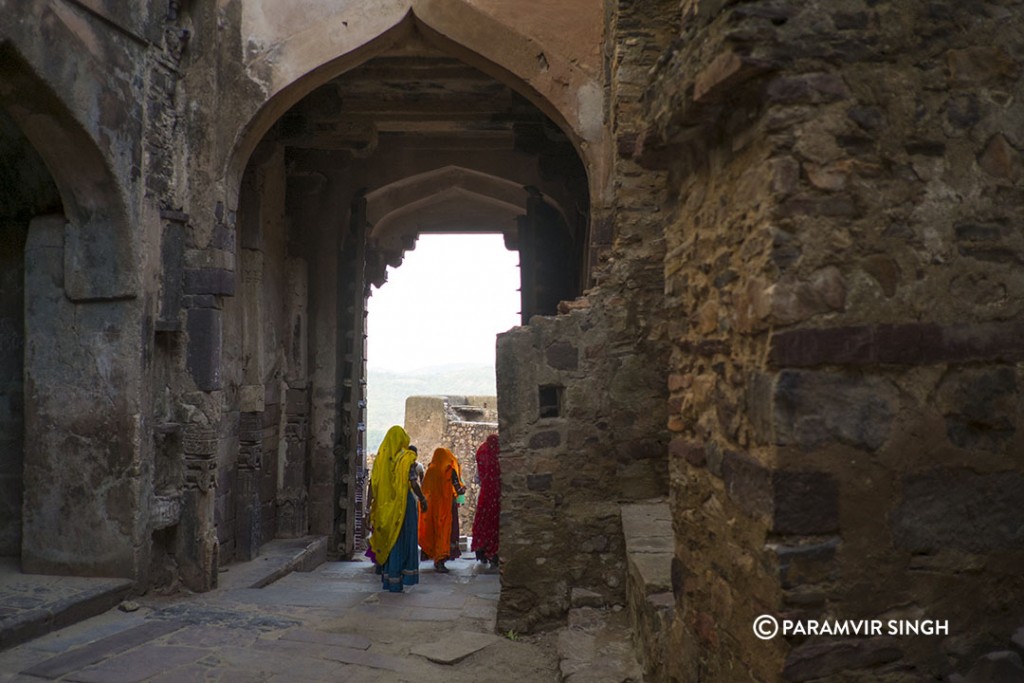
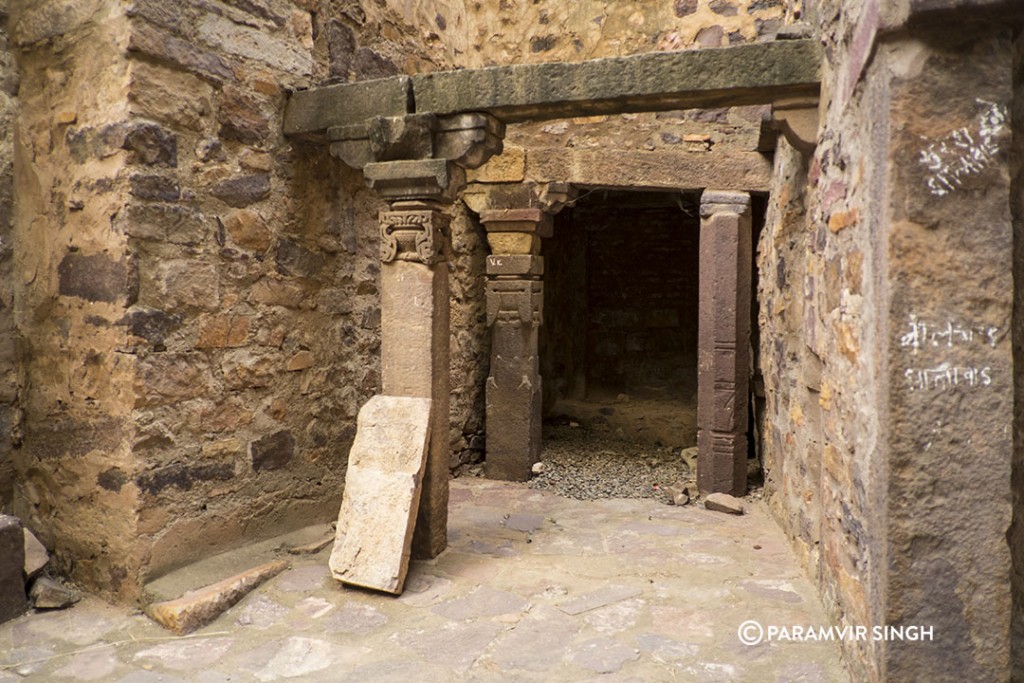
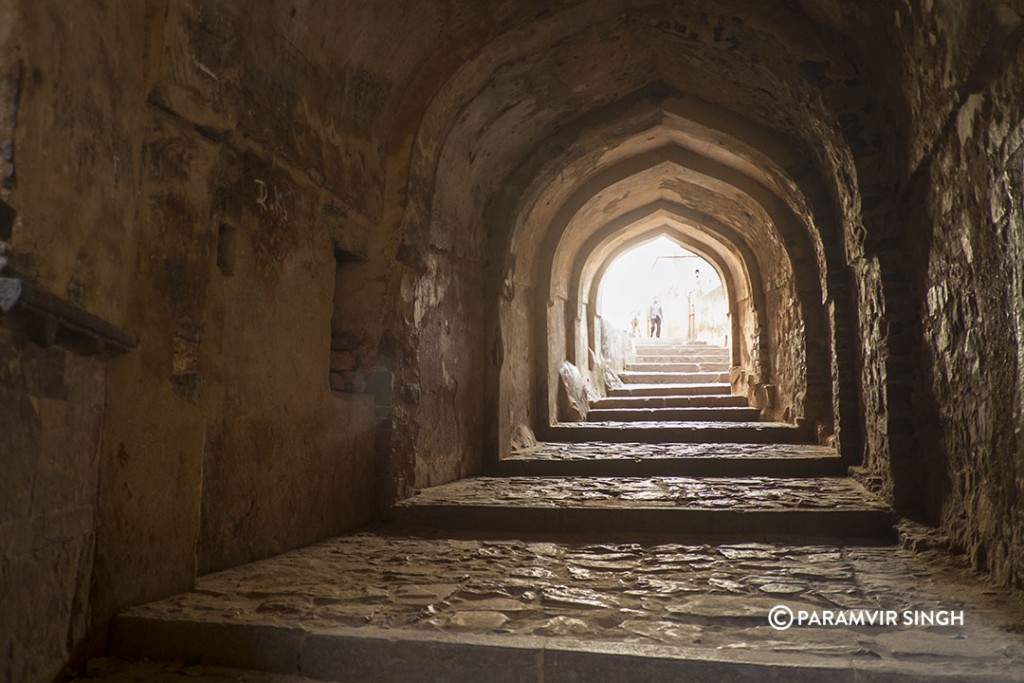
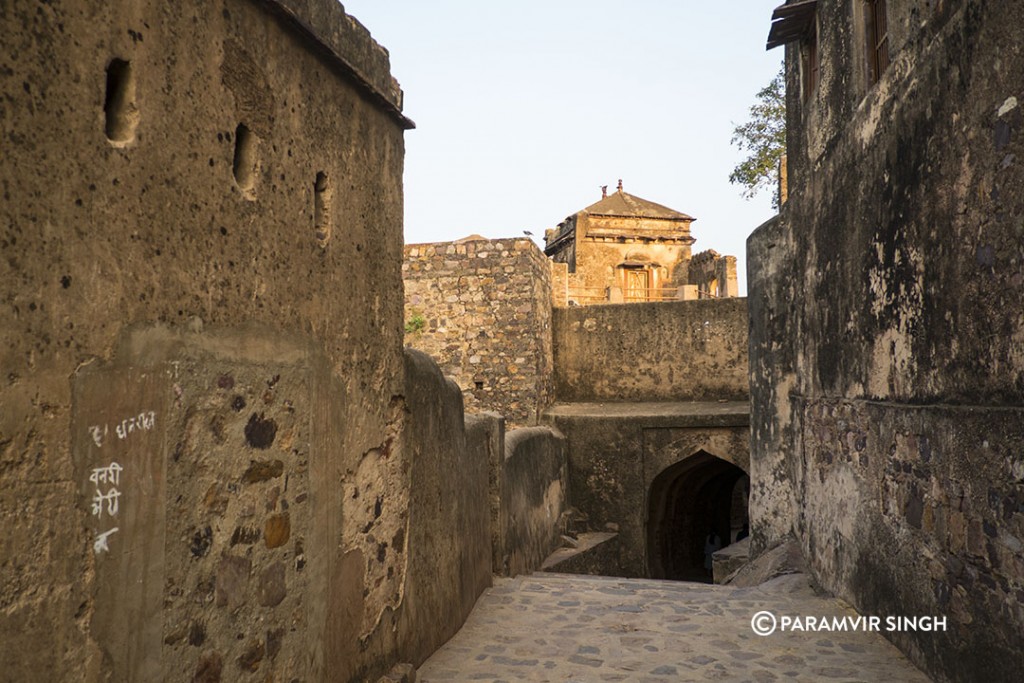
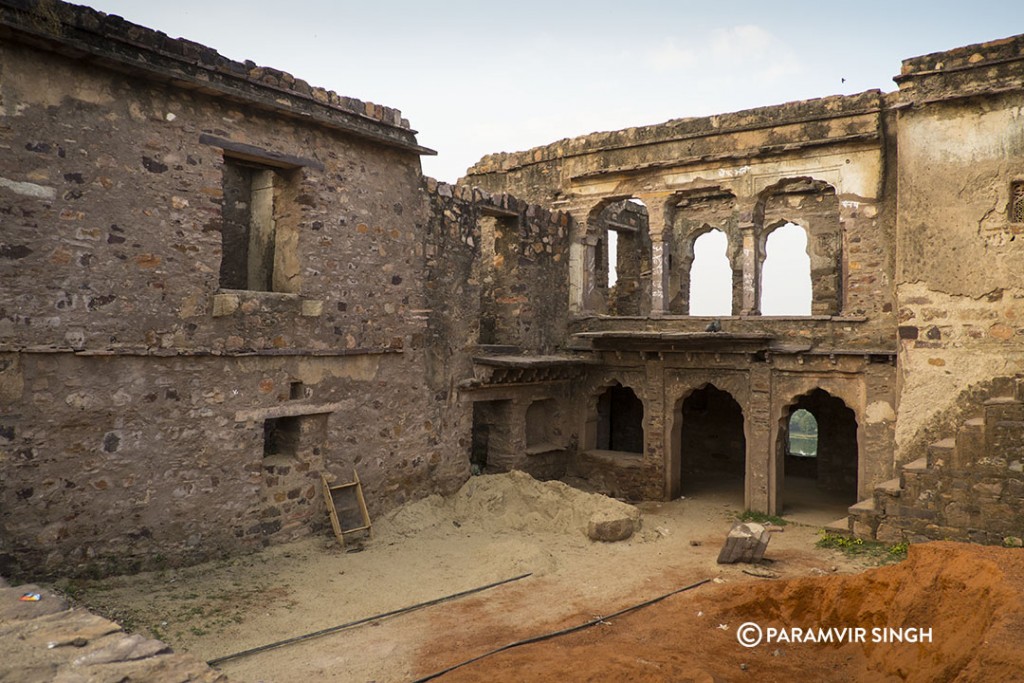
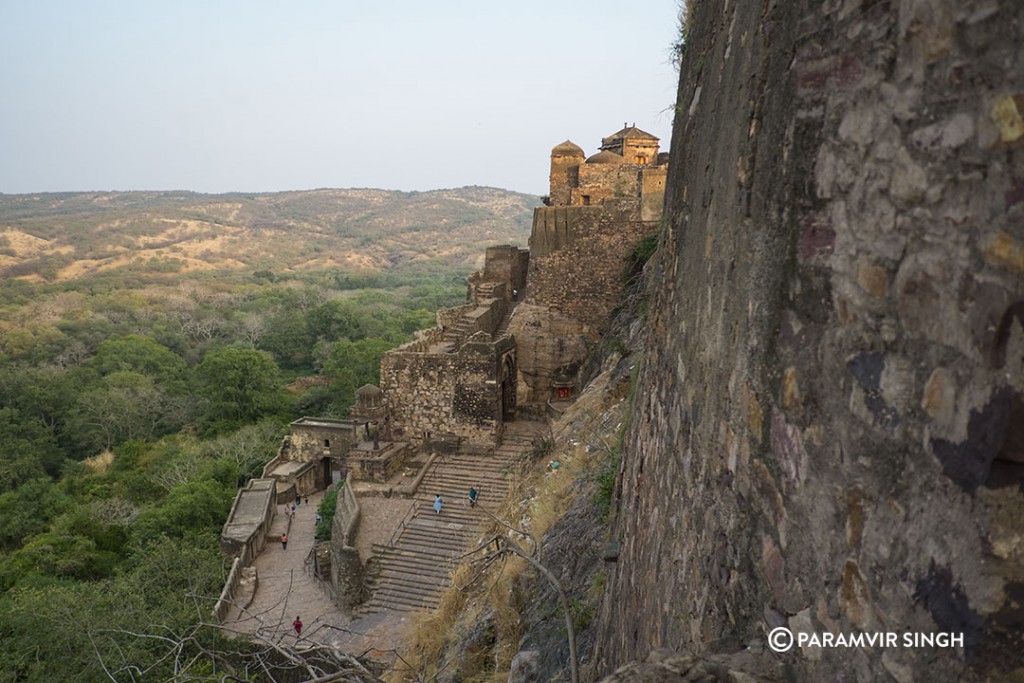
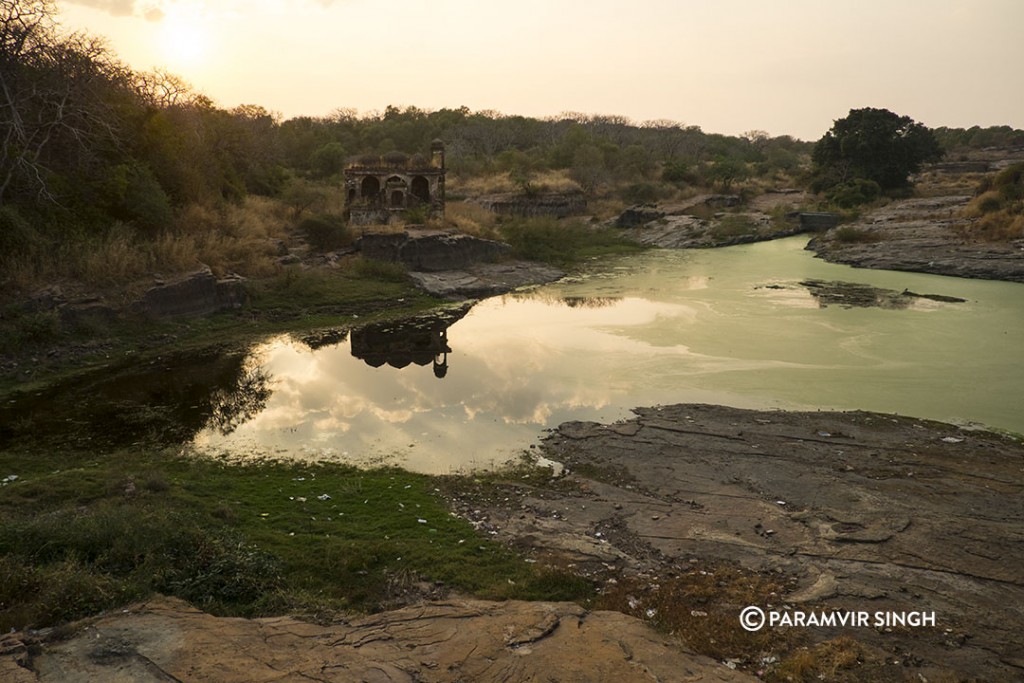
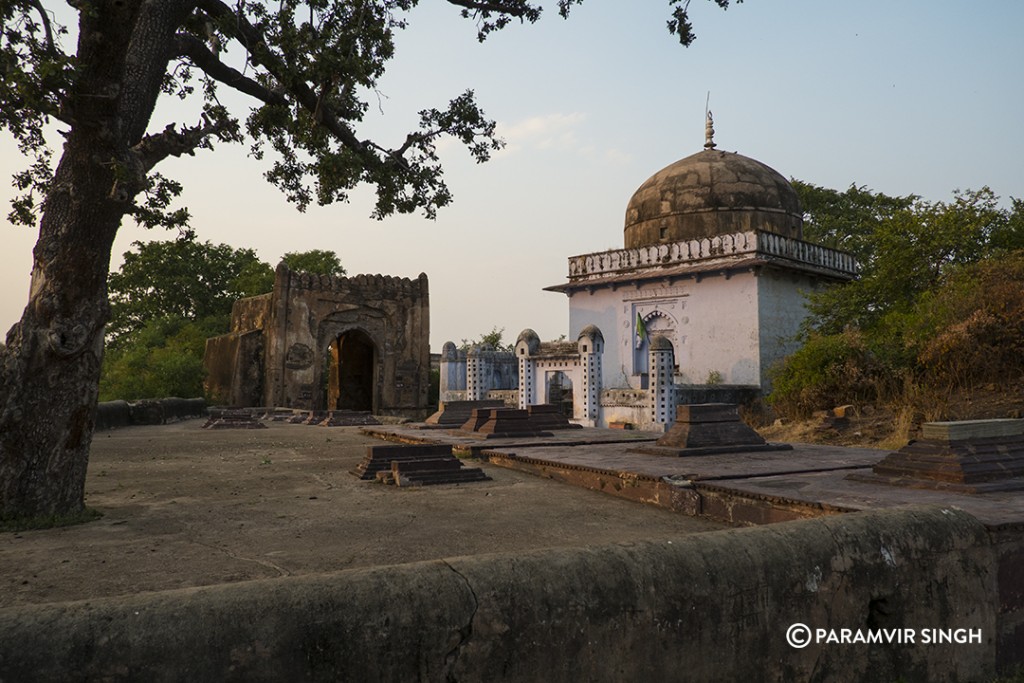

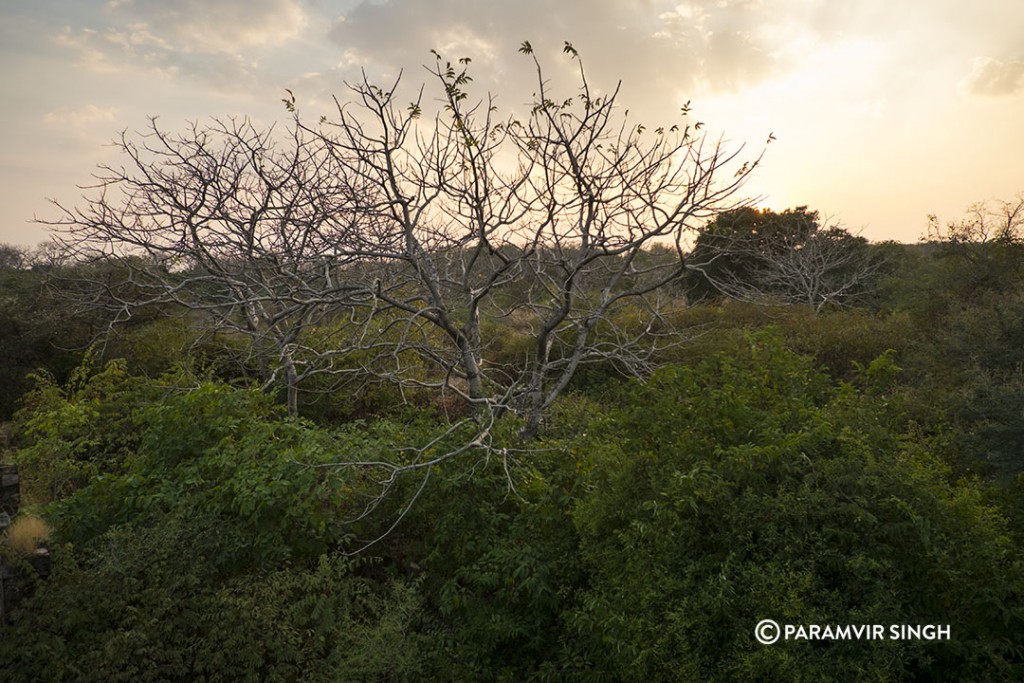
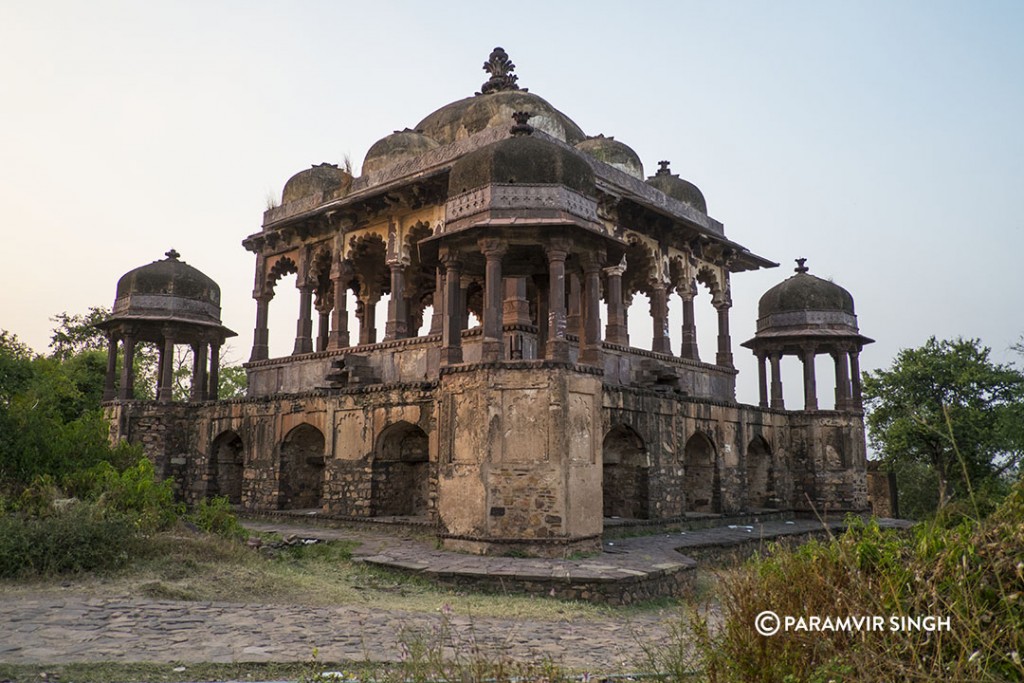
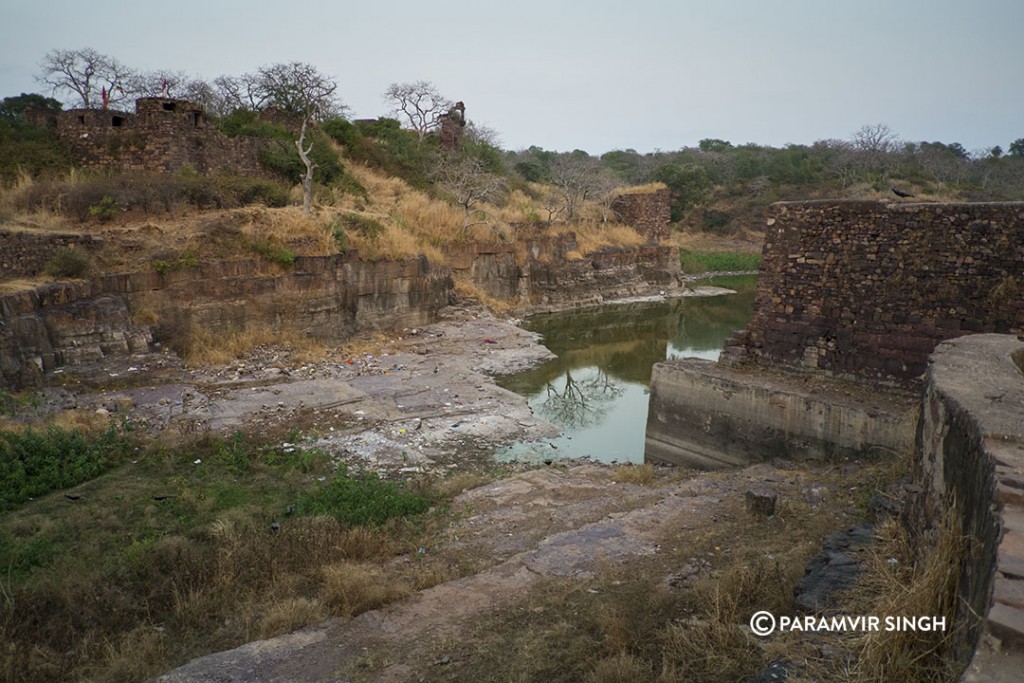
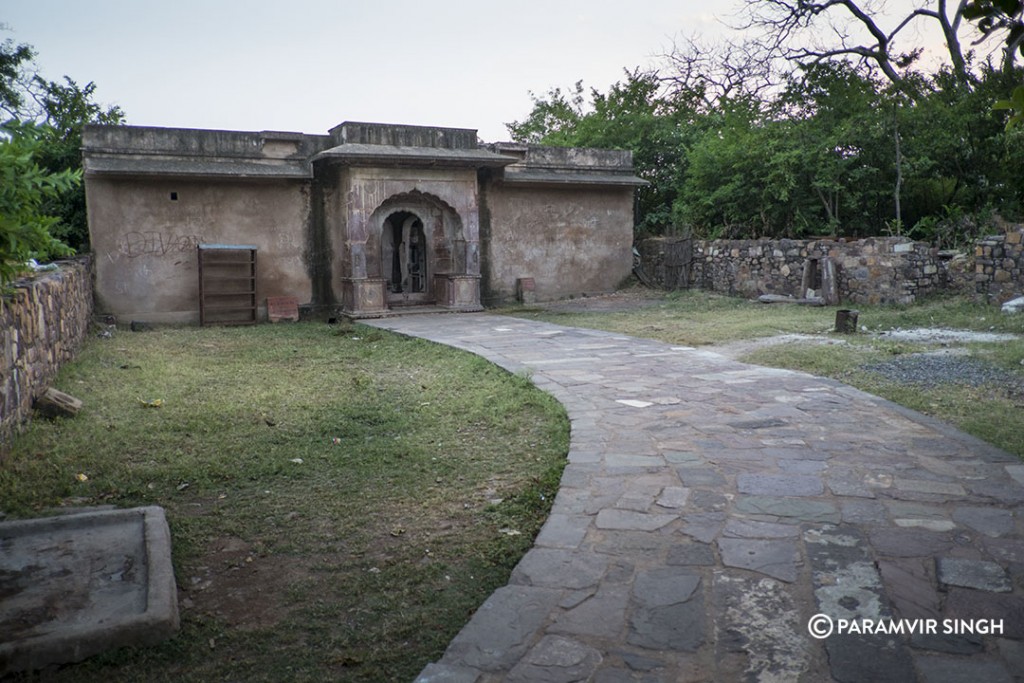
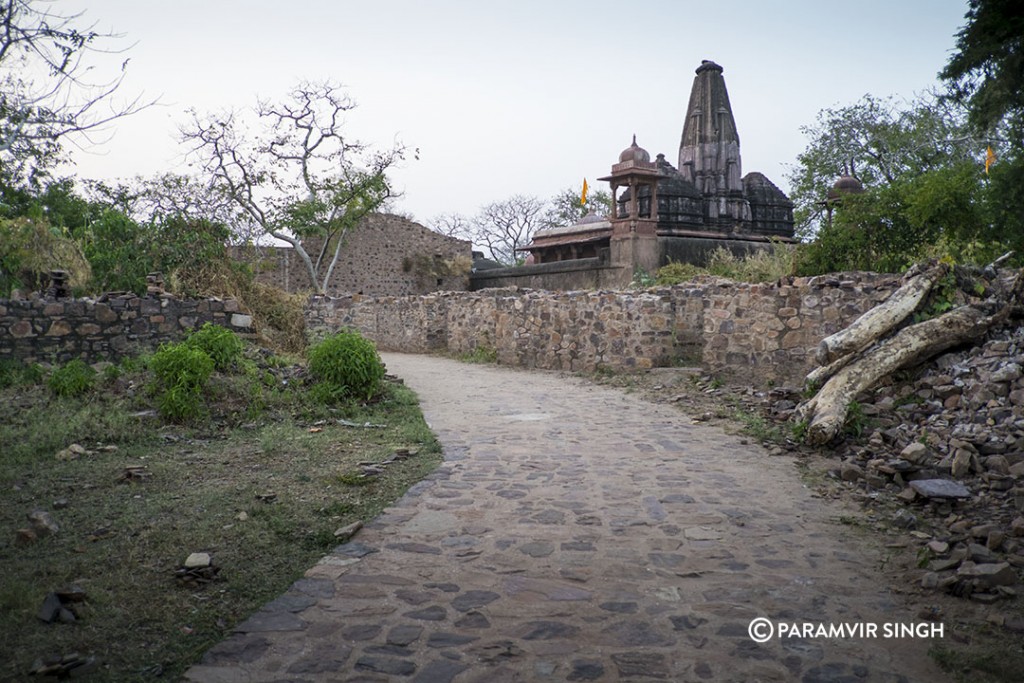
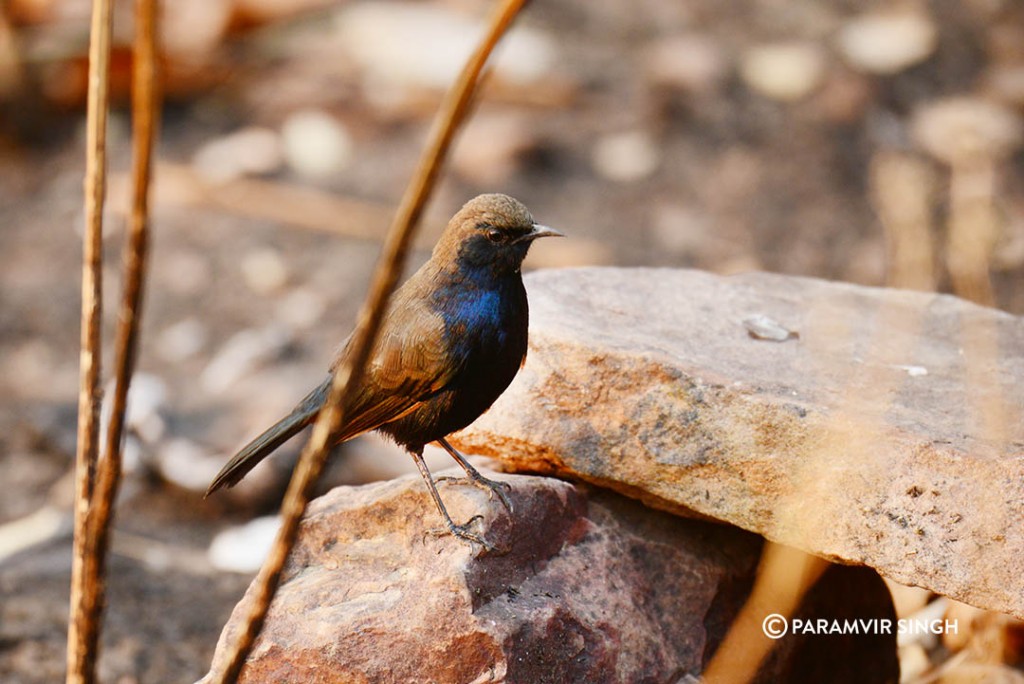
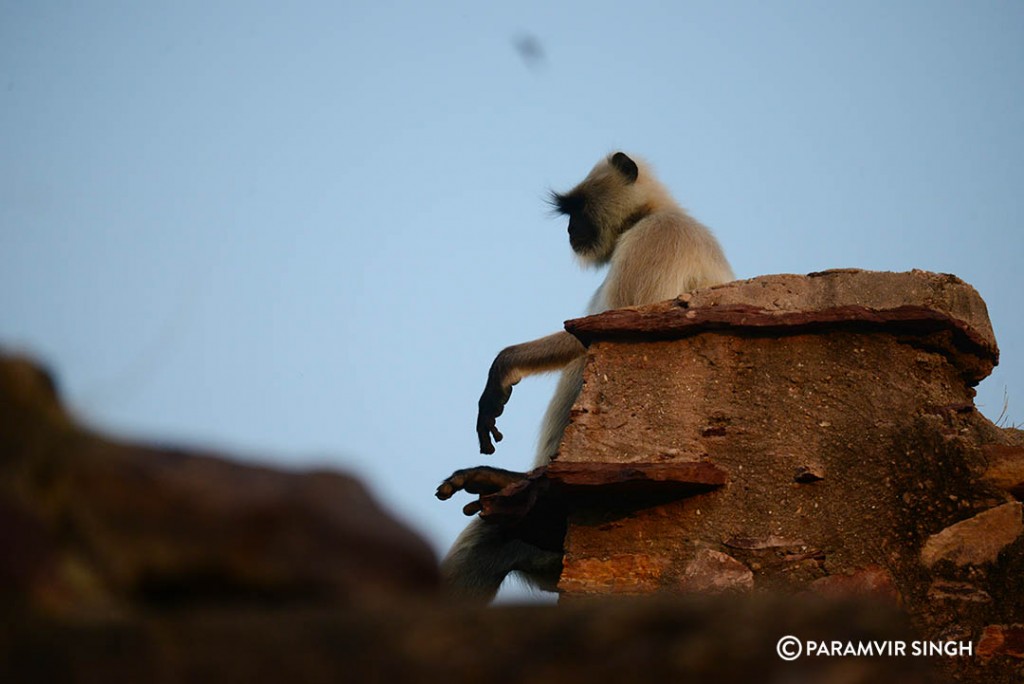
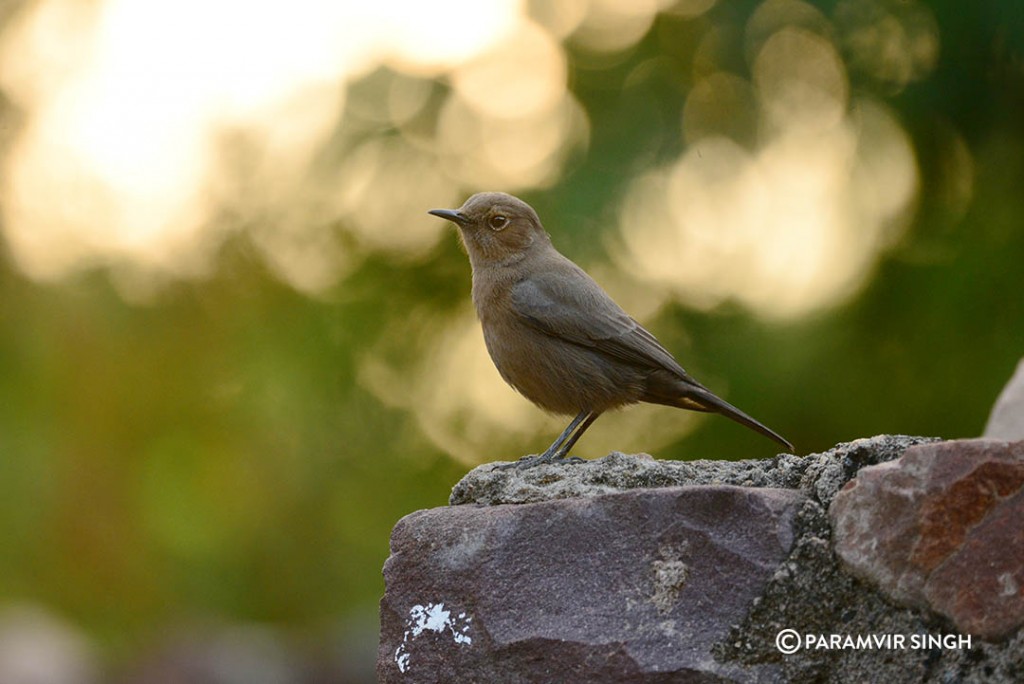
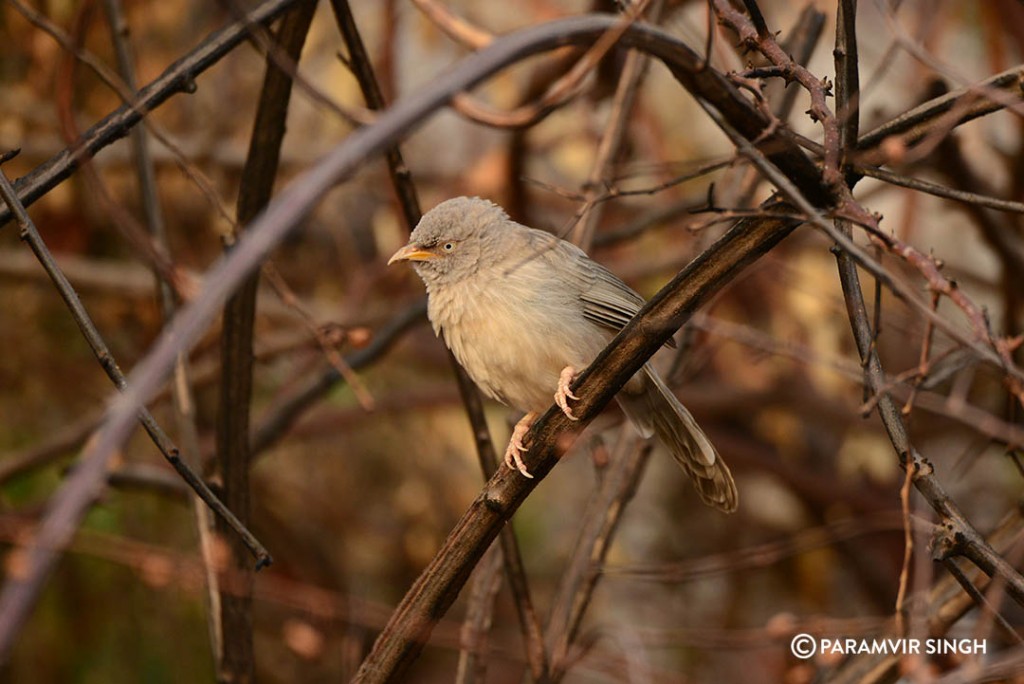
[box type=”success” width=”100%” ]How To Reach : Sawai Madhopur is the name of the town and it is well connected with trains. One can drive from Jaipur too (around 4 hours).
Where to Stay : Being a highly touristy town, there are plenty of options in Sawai Madhopur in various price brackets. You could choose the RTDC Heritage Hotel Jhoomar Baori or the very tastefully made Ranthambhore Bagh. If your budgets permit, you could also try the excellent Khem Vilas.
When to visit: Winters are the best time. Summers get woefully hot, and teh Ranthambore National Park is shut during the monsoons. October to March seems like a good time to visit.
Where to eat: There aren’t to omany places to eat in Sawai Madhopur. You would mostly be relying on your hotel for your meals, and all the ones we suggested have very good food.
[/box]


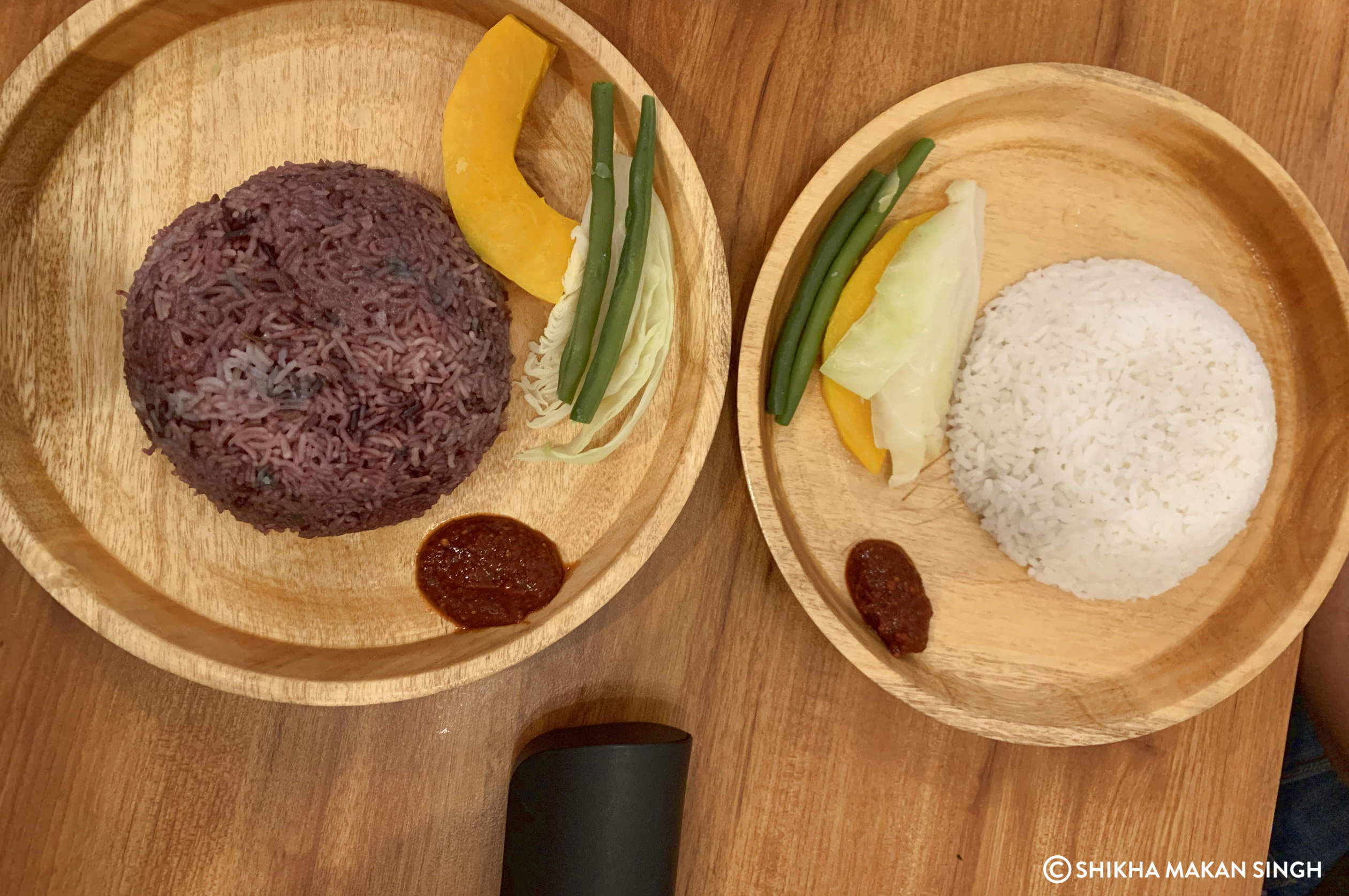
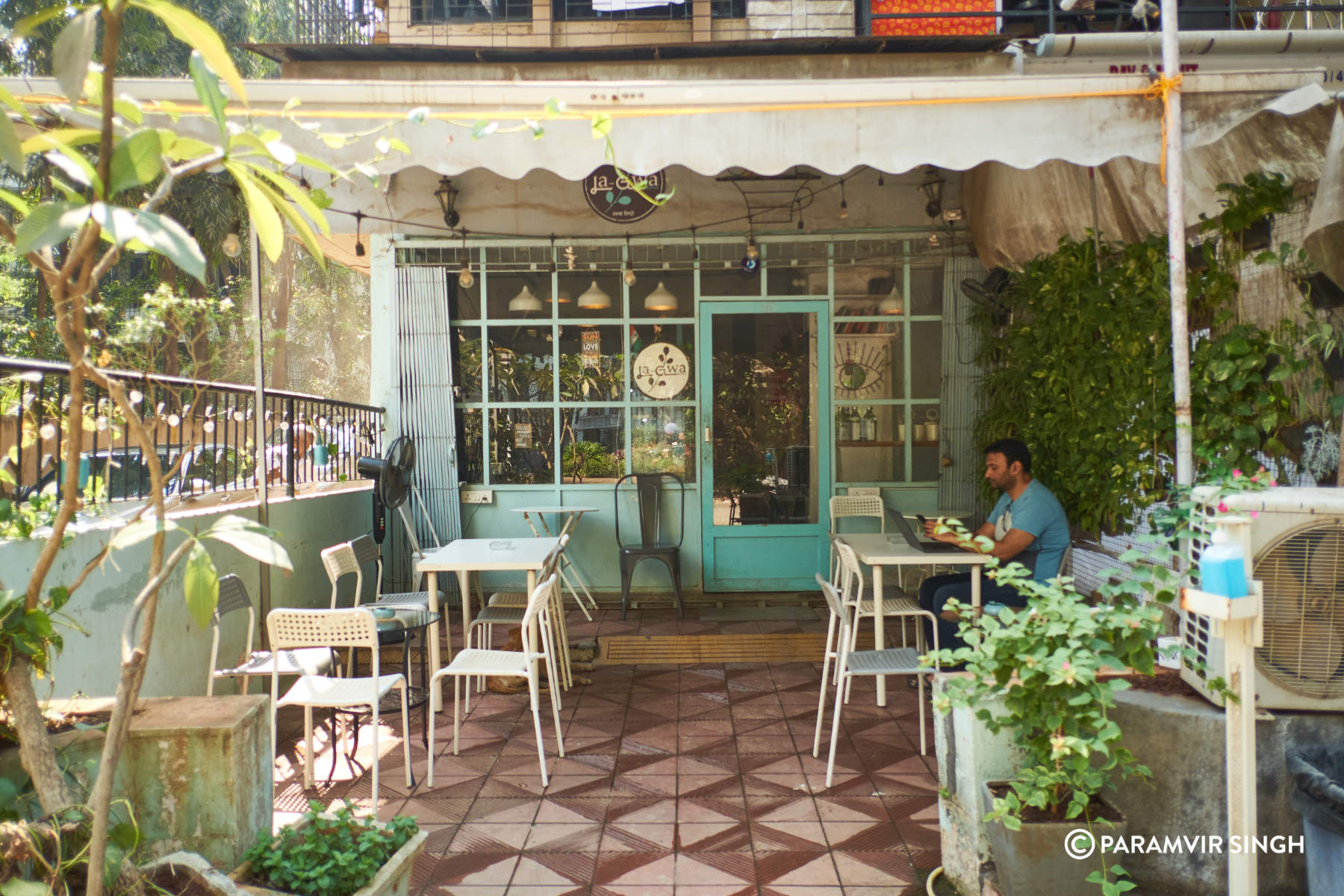
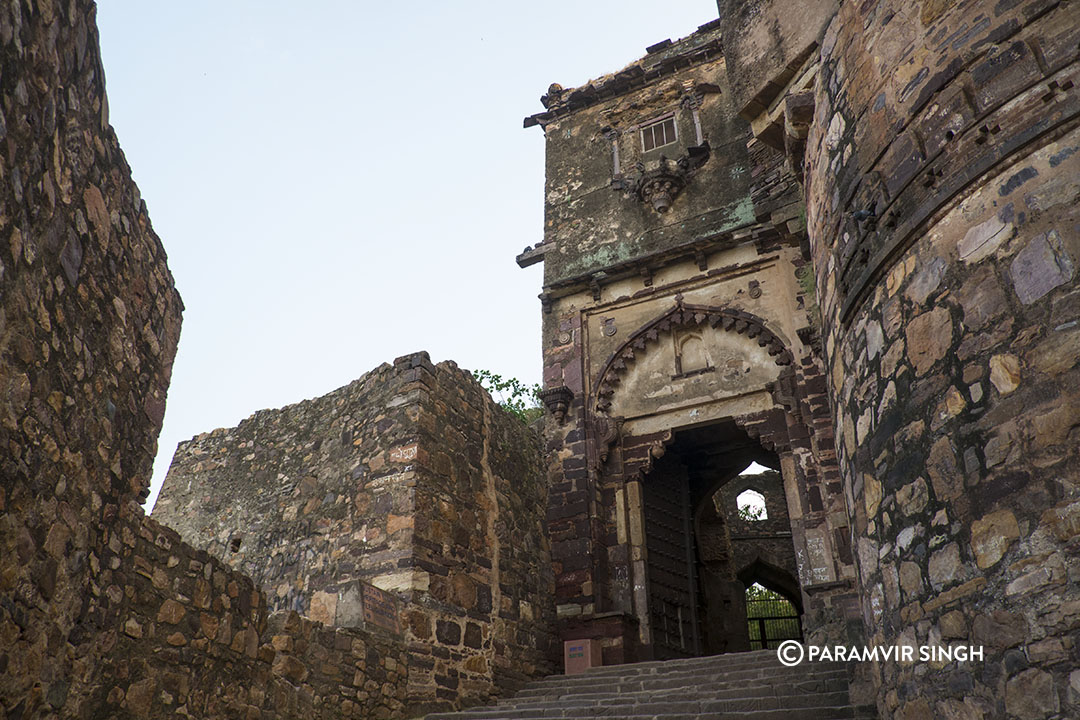
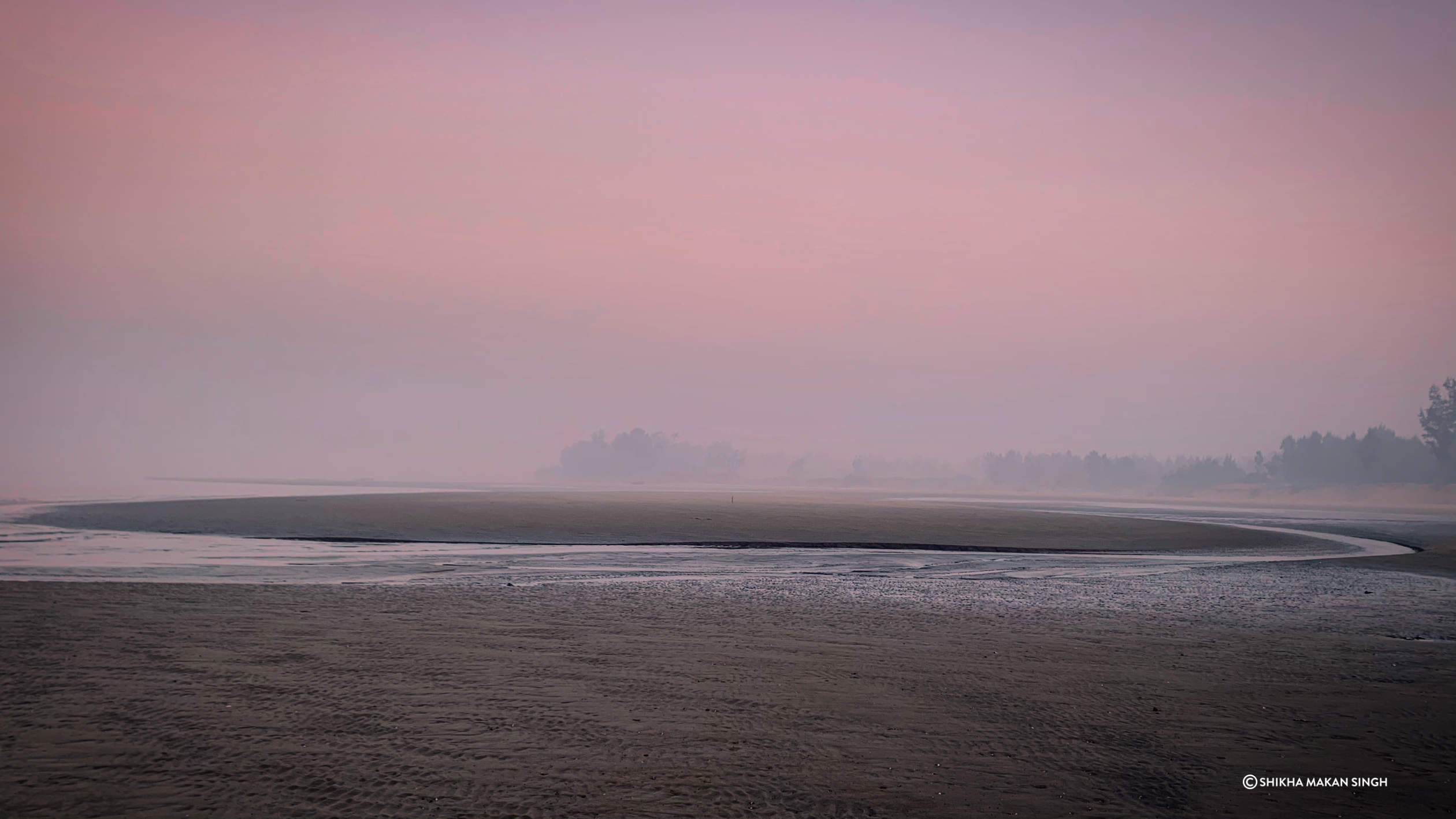
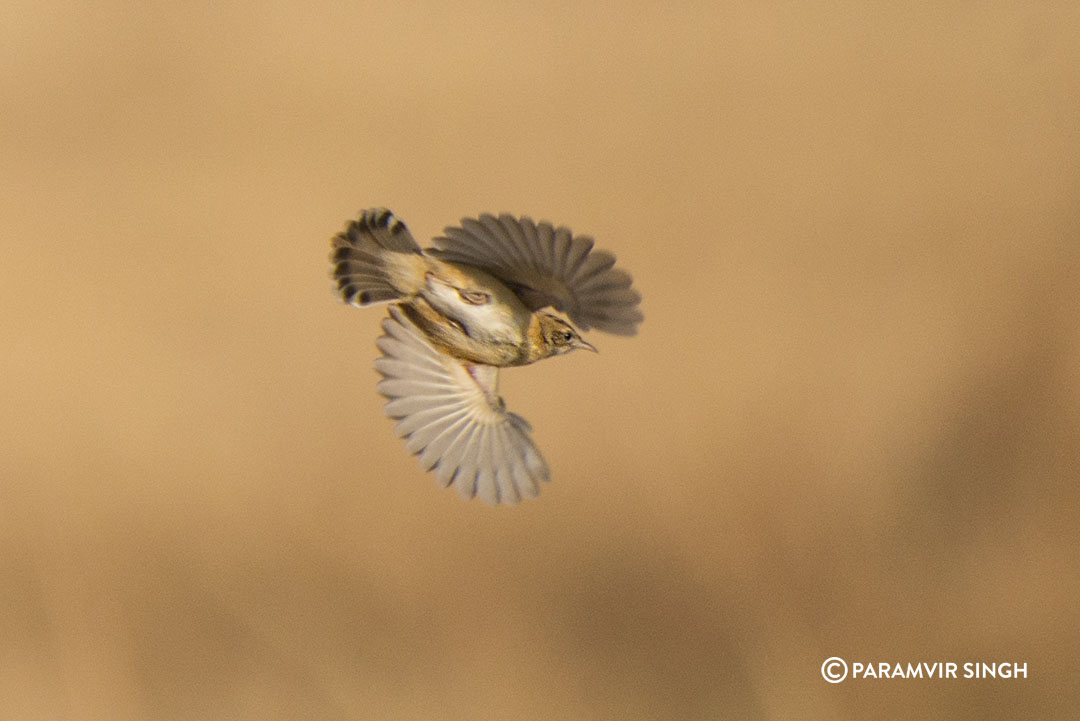
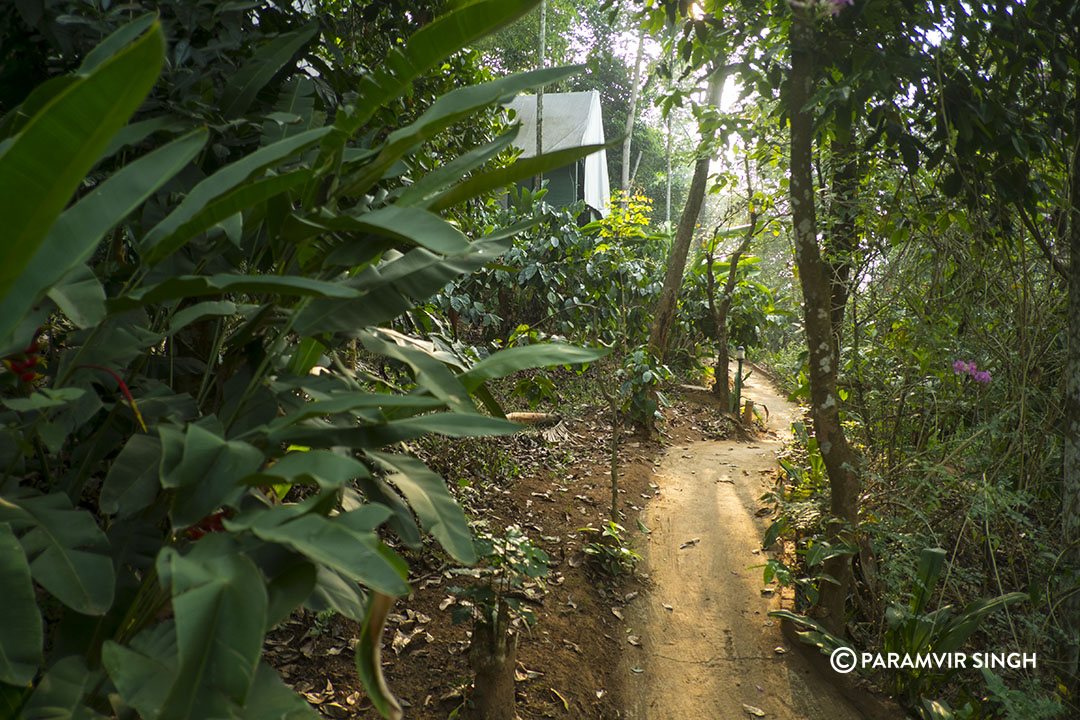
Looks intetesting
Thanks Harshita.
Great post guys!! Would love to visit this fort someday 🙂
Great captures! 🙂
Thanks Deepa!
The fort looks amazing, very good clicks. I have once been to the fort while I was young, so I don’t remember much about it. These amazing pictures are very inspiring. I would love to visit the fort someday to capture this majestic view on my lenses.